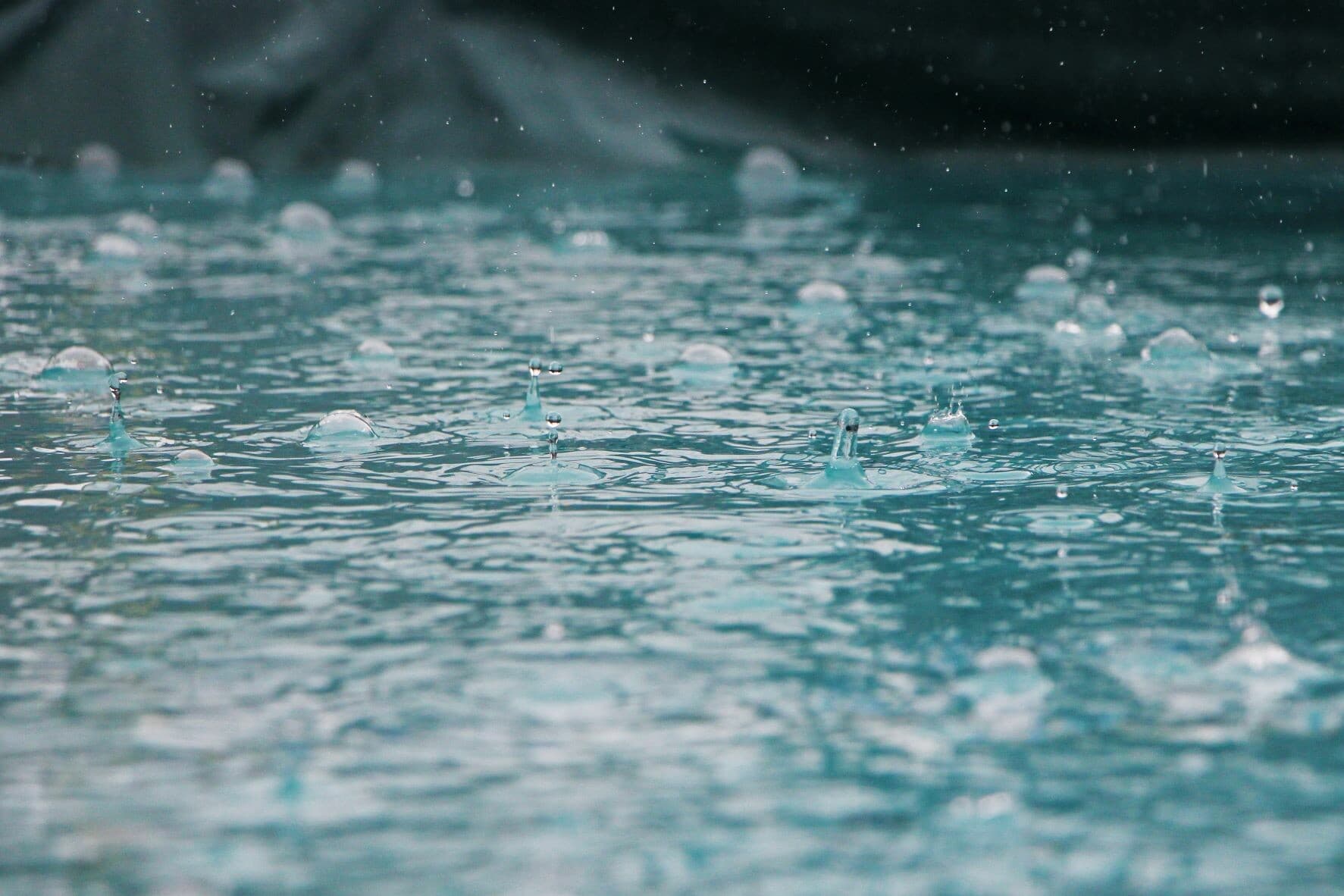Did you know that rainwater can be used to help irrigate your garden, wash your car, and even flush your toilet? Installing a rainwater collector is a great way to conserve water and reduce your monthly utility bills. In this blog post, we will discuss the benefits of installing a rainwater collector in your home.
 One of the main benefits of rainwater harvesting is that it helps to conserve water. In many parts of the world, fresh water is a limited resource. By collecting rainwater and using it for tasks like watering your garden or flushing your toilet, you can help to reduce your household’s water consumption. This, in turn, helps to preserve this vital natural resource for future generations.
One of the main benefits of rainwater harvesting is that it helps to conserve water. In many parts of the world, fresh water is a limited resource. By collecting rainwater and using it for tasks like watering your garden or flushing your toilet, you can help to reduce your household’s water consumption. This, in turn, helps to preserve this vital natural resource for future generations.
On average, each person consumes between 150 and 180 liters of water per day, while water consumption for drinking or food preparation represents only 5 to 10 liters of water per day per person. Rainwater can therefore easily be used when drinking quality water is not required, for toilet flushing, garden, and outdoor watering, washing clothes, cleaning floors, and washing cars.
In addition to conserving water, rainwater harvesting also helps to reduce the amount of stormwater runoff. Stormwater runoff is a major problem in many urban areas. When rain falls on impermeable surfaces like concrete and asphalt, it picks up pollutants like oil and chemicals before flowing into drains and eventually into our waterways. By collecting rainwater and using it instead of letting it run off, you can help to reduce the amount of pollution in our waterways.
Rainwater harvesting is not only good for the environment – it’s also good for your wallet! Drinking water is becoming increasingly expensive, whereas rainwater is free. With 100m2 of roof surface, it is possible to recover between 3,000 and 60,000 liters of rainwater per year, depending on the region.
Moreover, collecting rainwater can help you save money on your monthly water bill. In many municipalities, rainwater is collected and treated at a central facility before being distributed to households. This treatment process uses energy and costs money. By collecting rainwater yourself and using it for tasks like watering your garden or flushing your toilet, you can bypass this treatment process and save money.
 In addition to the environmental and economical benefits, rainwater harvesting also offers a number of other advantages. For example, rainwater is naturally soft, so it’s great for use in the laundry or for washing your car. It can also be used to water plants, as it contains no chlorine or other chemicals that might be harmful to them.
In addition to the environmental and economical benefits, rainwater harvesting also offers a number of other advantages. For example, rainwater is naturally soft, so it’s great for use in the laundry or for washing your car. It can also be used to water plants, as it contains no chlorine or other chemicals that might be harmful to them.
If you live in an area with frequent power outages, rainwater can also be a valuable backup source of water. If you have a rainwater collection system in place, you’ll have access to water even if the municipal supply is cut off.
Now that we’ve discussed the benefits of rainwater harvesting, you might be wondering how to install a rainwater collector. The good news is that it’s not as complicated or expensive as you might think.
There are a number of different rainwater collection systems on the market, so it's important to choose the one that best suits your needs.
If you want to collect a high volume of rainwater, without encroaching on your outdoor space, you can choose an in-ground collector.
If you want to start with a low-volume collection system that blends in perfectly with your outdoor space, you can opt for a design above-ground collector.
Once you’ve chosen a system, you can either install it yourself or hire a professional to do it for you.
If you decide to install the system yourself, there are a few things to keep in mind.
Installing a rainwater collection system in your home is a great way to help the environment and save money. With so many benefits, there’s no reason not to give it a try!
Once your rainwater harvesting system is installed, it’s important to maintain it properly. This includes cleaning your gutters and downspouts on a regular basis, as well as checking the condition of your rain barrels or cisterns. It’s also a good idea to have your system inspected by a professional every few years to make sure that it’s functioning properly.
By following these simple tips, you can ensure that your rainwater harvester will provide you with many years of trouble-free operation. So what are you waiting for? Start reaping the benefits of rainwater harvesting today!
Rainwater harvesting is a great way to help the environment and save money. There are many benefits to rainwater harvesting, including the fact that it conserves water, reduces stormwater runoff, and is economical. If you live in an area with frequent power outages, rainwater can also be a valuable backup source of water.
Stay tuned, because we'll be unveiling our range of rainwater harvesters soon! There'll be something for every taste, with a range of above-ground rainwater harvesters and a range of in-ground rainwater harvesters.
Contact one of our team member if you have any questions about our solutions!